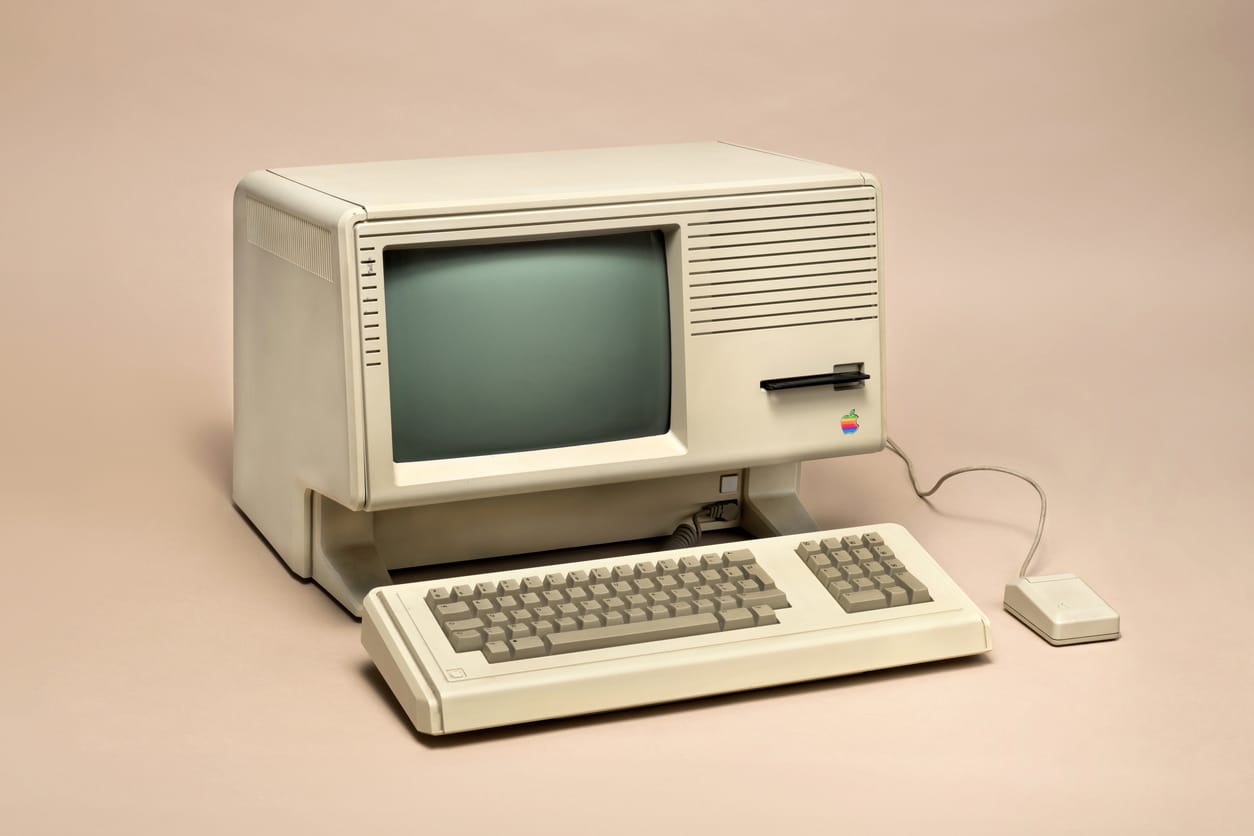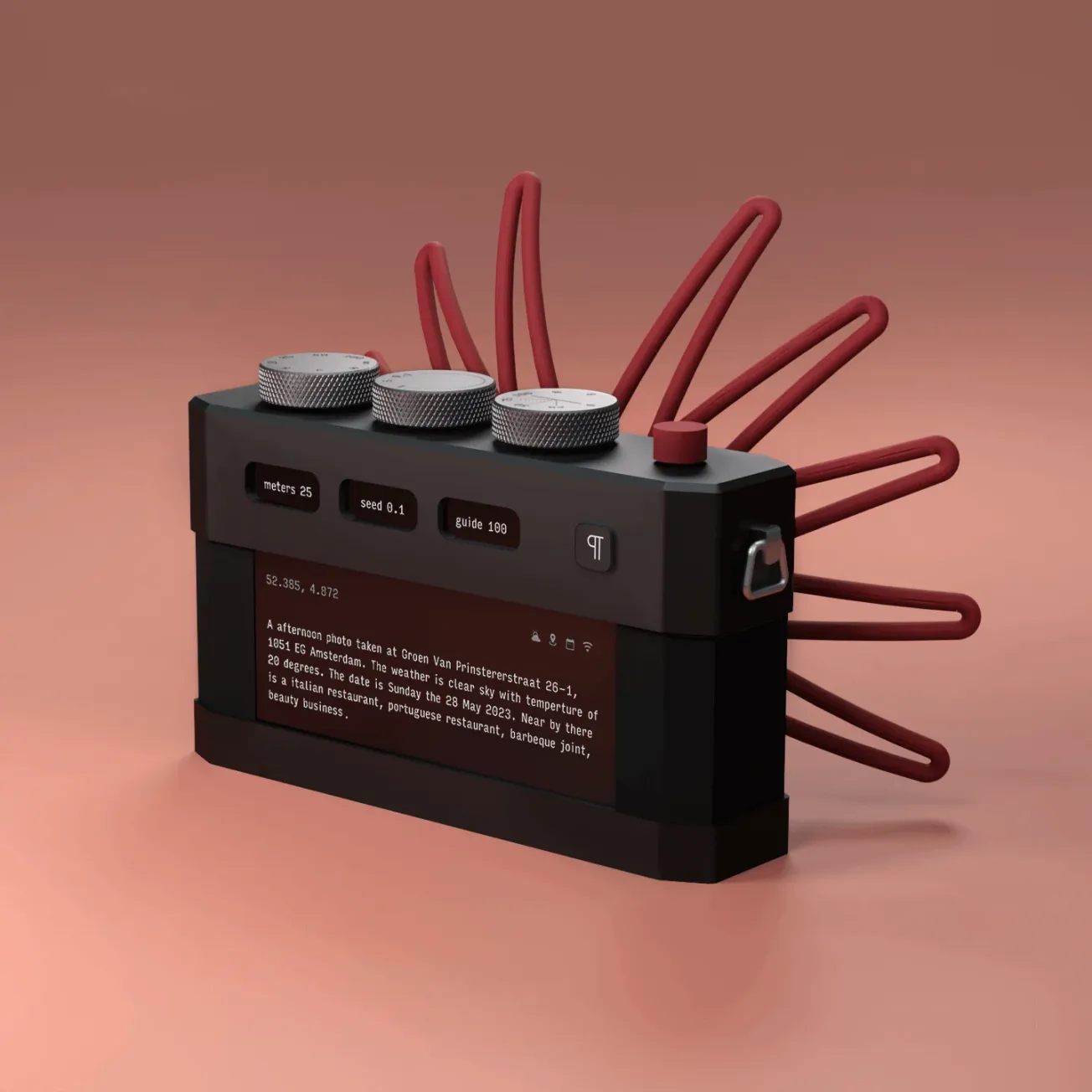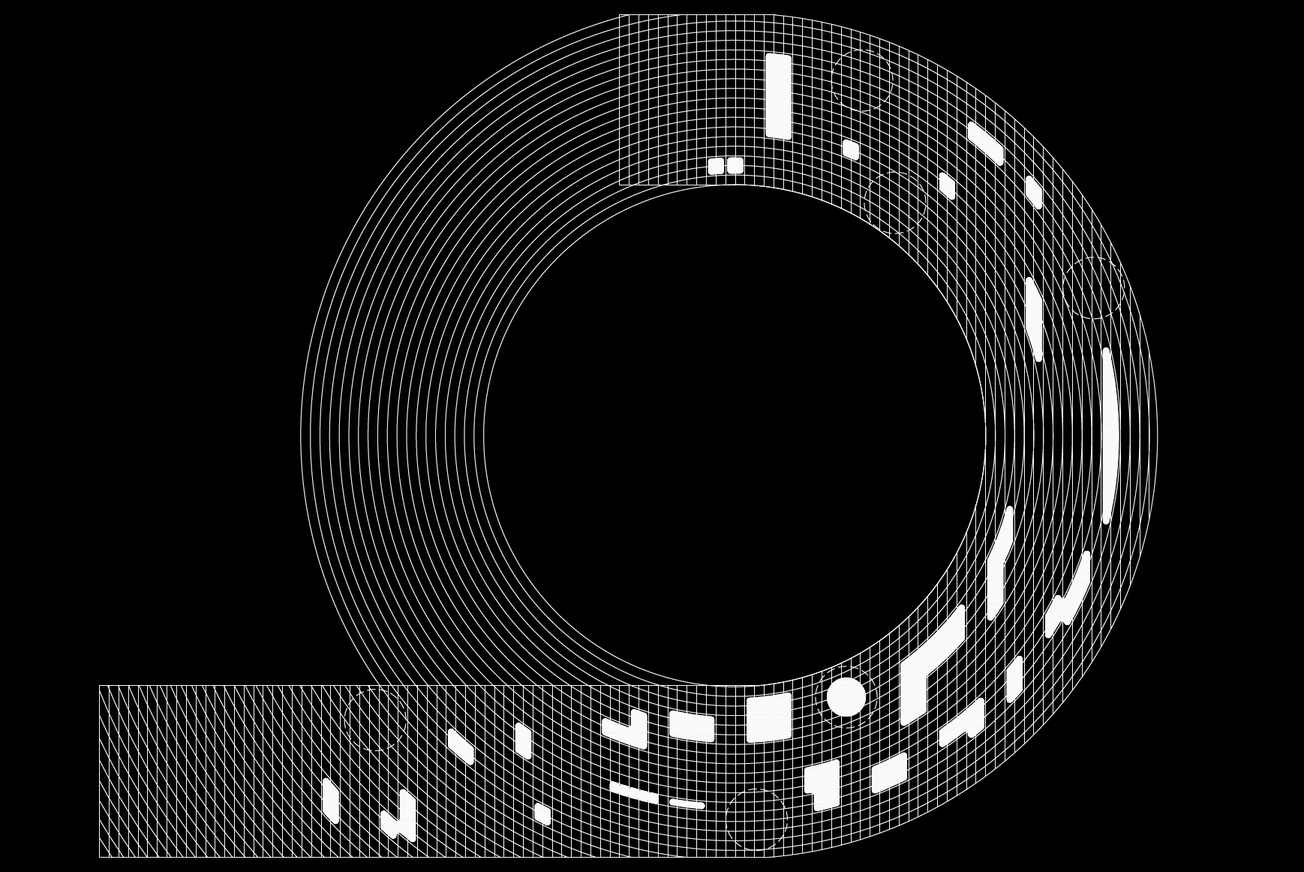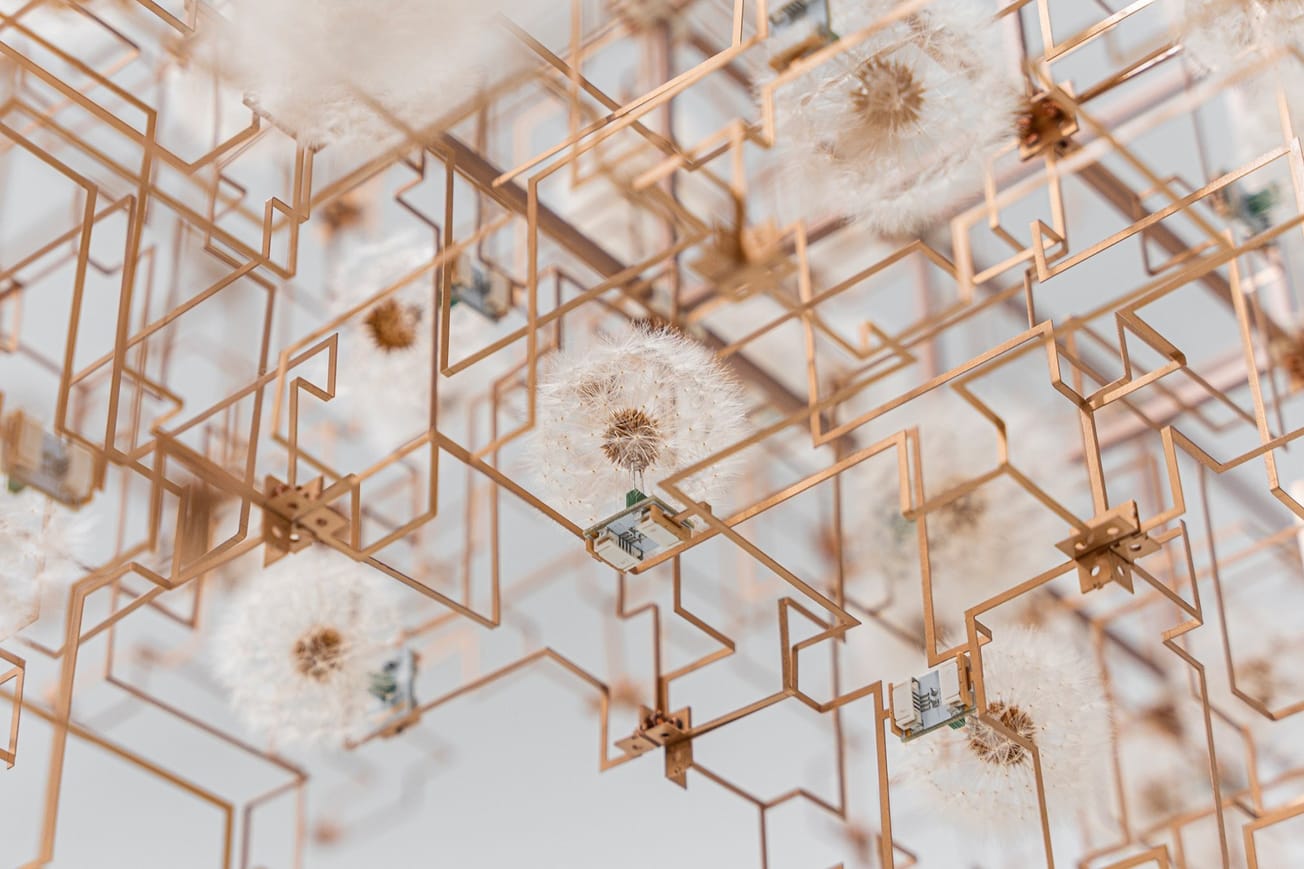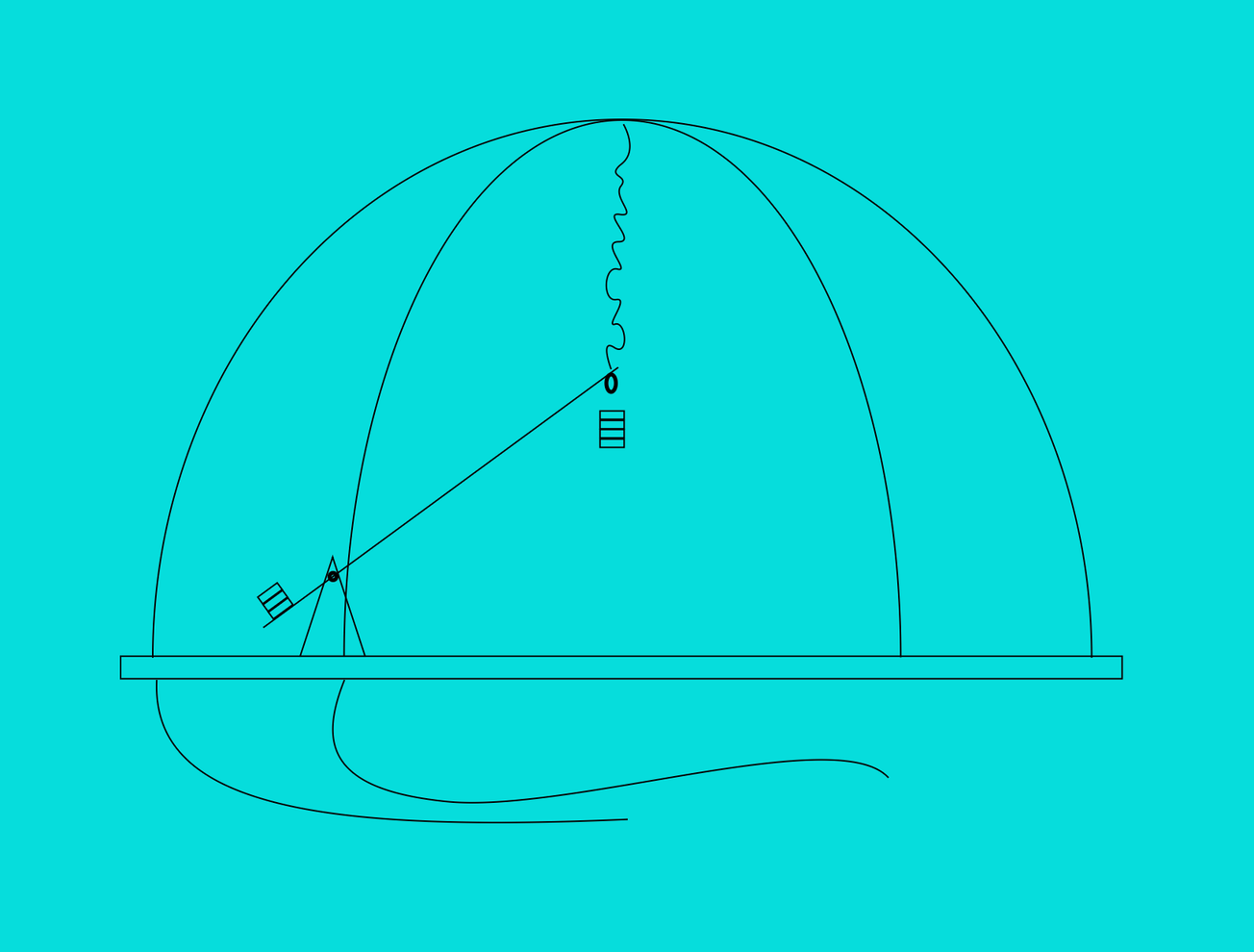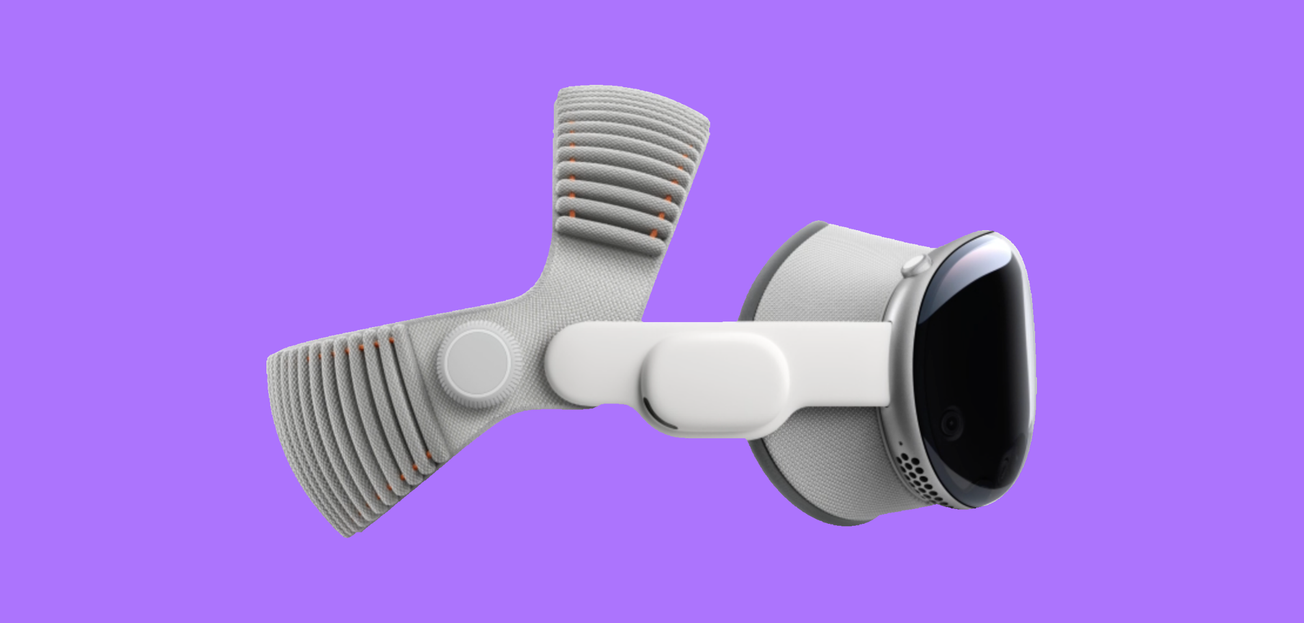Digital culture is prolific but fragile. Websites vanish without warning, interactive works break when their codebase becomes obsolete, and cultural flashpoints are often trapped inside proprietary platforms. For archivists, artists, and technologists, the challenge is not deciding whether these works should survive—it’s finding ways to preserve something built for impermanence.
Beyond the Static File
A flat export—a JPEG, a PDF—can strip away the very qualities that make digital works distinct. Traditional archiving methods—digitizing a document, saving a flat image—often fail when the object in question is dynamic, interactive, or built on proprietary software. Digital ephemera requires approaches that capture both the artifact and its context: the look, feel, and functionality of the original environment.
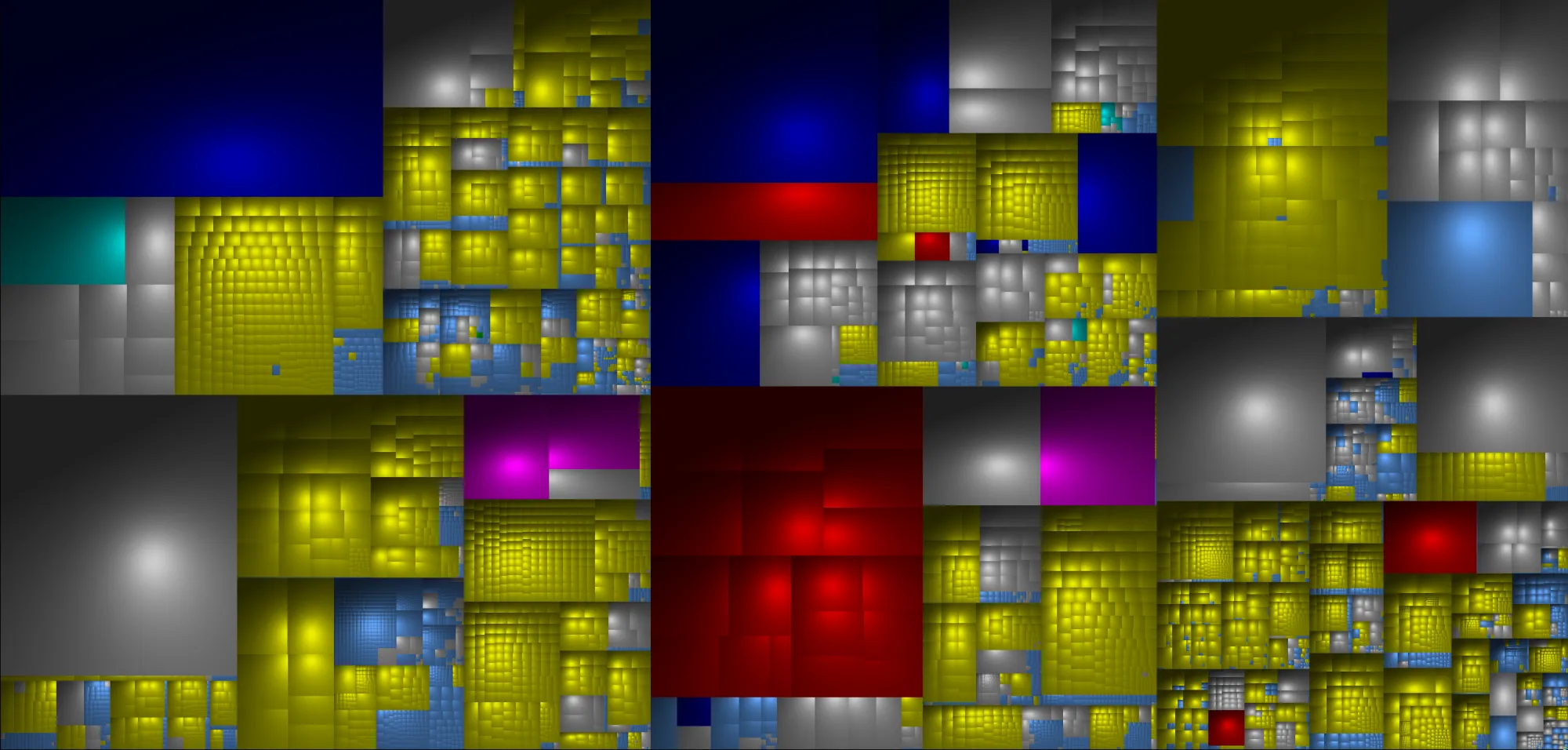
Rhizome, based at the New Museum, addresses that gap with ArtBase and tools like Colloq, which capture not just visual appearance but interactive behavior. Emulating original browsers and platform environments allows an archived piece to operate as it once did, with its quirks, dependencies, and embedded logic intact The result is an archive that behaves like a system, not a still life.
Artists as Their Own Archivists
Some of the most agile solutions are coming directly from creatives. Designer and researcher Mindy Seu’s Cyberfeminism Index organizes over 700 entries into an open, searchable database, framing the archive as a dynamic public resource rather than a static record. By making the database open and navigable, Seu treats archiving as an act of cultural stewardship and public pedagogy.

Musicians are making similar moves. The Radiohead Public Library consolidates decades of videos, posters, rare tracks, and digital detritus that once existed across fan sites and abandoned servers. By reclaiming and structuring their own digital past, the band sidesteps the decay that comes when files are left scattered and unsupported. Here, the archive is more than a repository—it’s an authored narrative of a career.
Academic Infrastructures for Preservation
Academic initiatives are critical to building the methodologies and standards that support preservation at scale. At the University of Colorado Boulder, Lori Emerson’s Media Archaeology Lab maintains operational collections of obsolete hardware and software, allowing works to be experienced in their original technical contexts, preserving not just the artifact but the conditions of its creation. The lab allows researchers and students to experience original works in their native environments, resisting the flattening effect that often comes with migrating to contemporary formats.
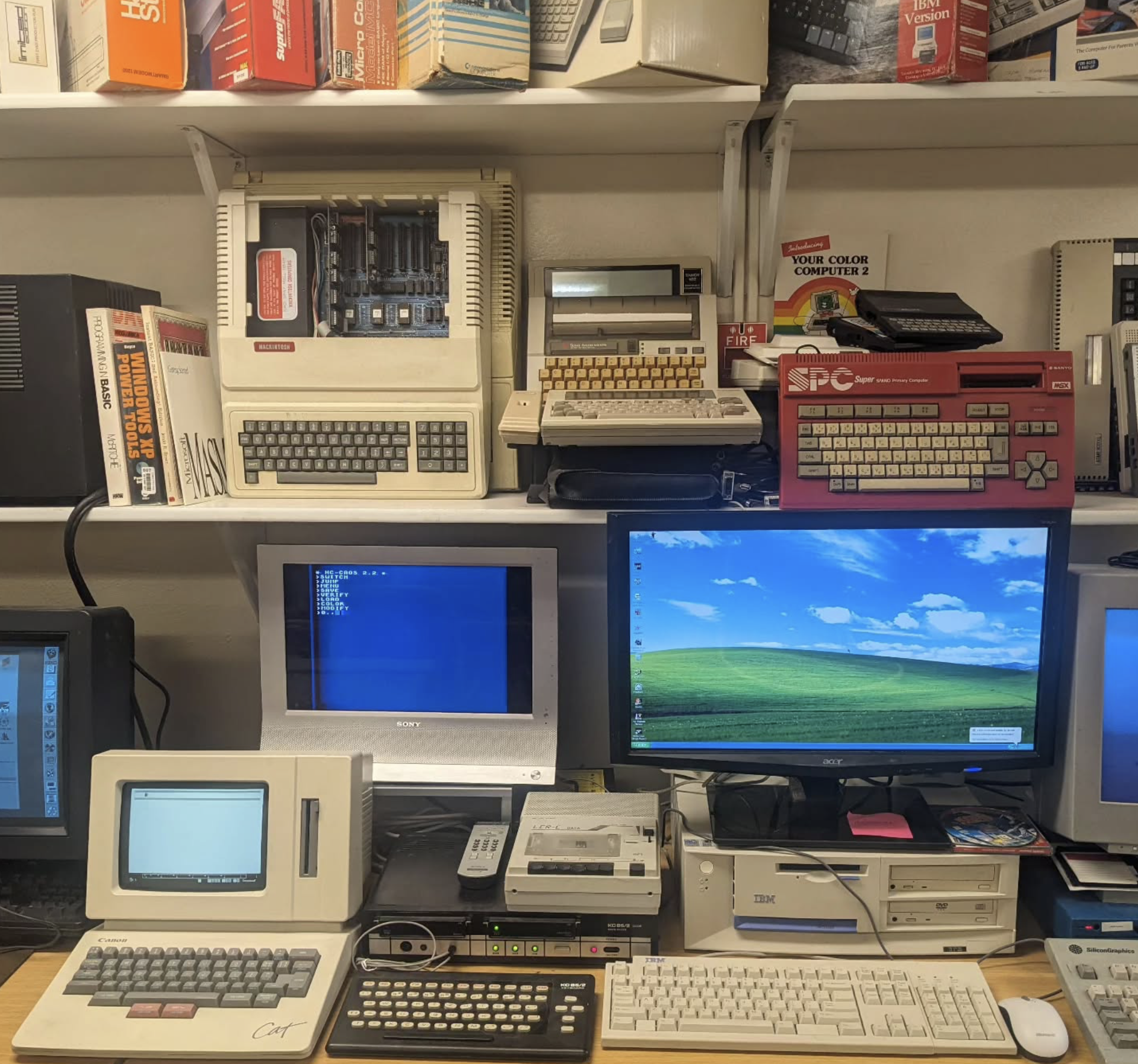
At the University of Toronto, Christoph Becker’s Digital Curation Institute studies how preservation systems can remain adaptable over decades without locking works into formats destined to expire. His work addresses a recurring issue in digital preservation: how to design systems that remain both adaptable and maintainable over time. Elizabeth Yakel at the University of Michigan focuses on the human infrastructure, developing graduate programs that combine archival theory with digital practice, metadata systems, and access design. Together, these efforts underline a point too often missed: preservation is as much about skilled people as it is about durable storage.
Preserving Global Cultural Records
Not all preservation challenges are tied to art and design. The Internet Archive’s Aruba Collection digitized more than 101,000 items from the National Library and Archives of Aruba—newspapers, photographs, and government publications—securing them against both environmental threats and infrastructure loss. This project underscores the role of resilient digital infrastructure in protecting materials at risk from climate change, political shifts, or physical decay.
The Modern Endangered Archives Program (MEAP) at UCLA extends this mission globally. By funding digitization projects in vulnerable contexts—from fragile film reels in Southeast Asia to at-risk print archives in Latin America—MEAP ensures that diverse cultural histories remain accessible long after the original media has degraded.
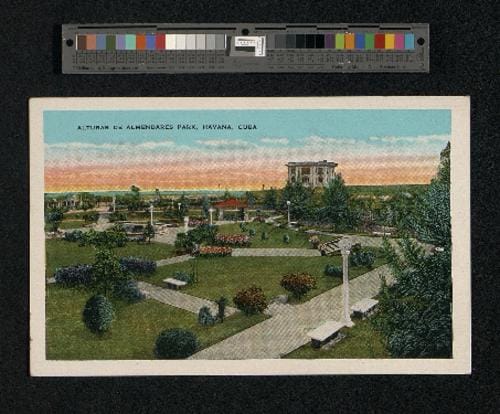
The International Digital Ephemera Project (UCLA Library) takes an expansive approach, capturing not only traditional archives but also social media content, event posters, and multimedia files. These materials, often dismissed as too trivial or fleeting, are reframed as essential components of the cultural record. Such materials, often dismissed as disposable, frequently become the most revealing evidence of an era.
Media That Refuses to Sit Still
Some works resist preservation because they are designed to be variable. The Archiving the Avant-Garde project, a collaboration among institutions including the Guggenheim Museum and Berkeley Art Museum, focuses on “variable media” art—works that can be re-created, migrated, or emulated while retaining their conceptual integrity. Instead of aiming for a single, fixed version, these projects document the rules and constraints that define the work, allowing it to be reinterpreted as technology changes.
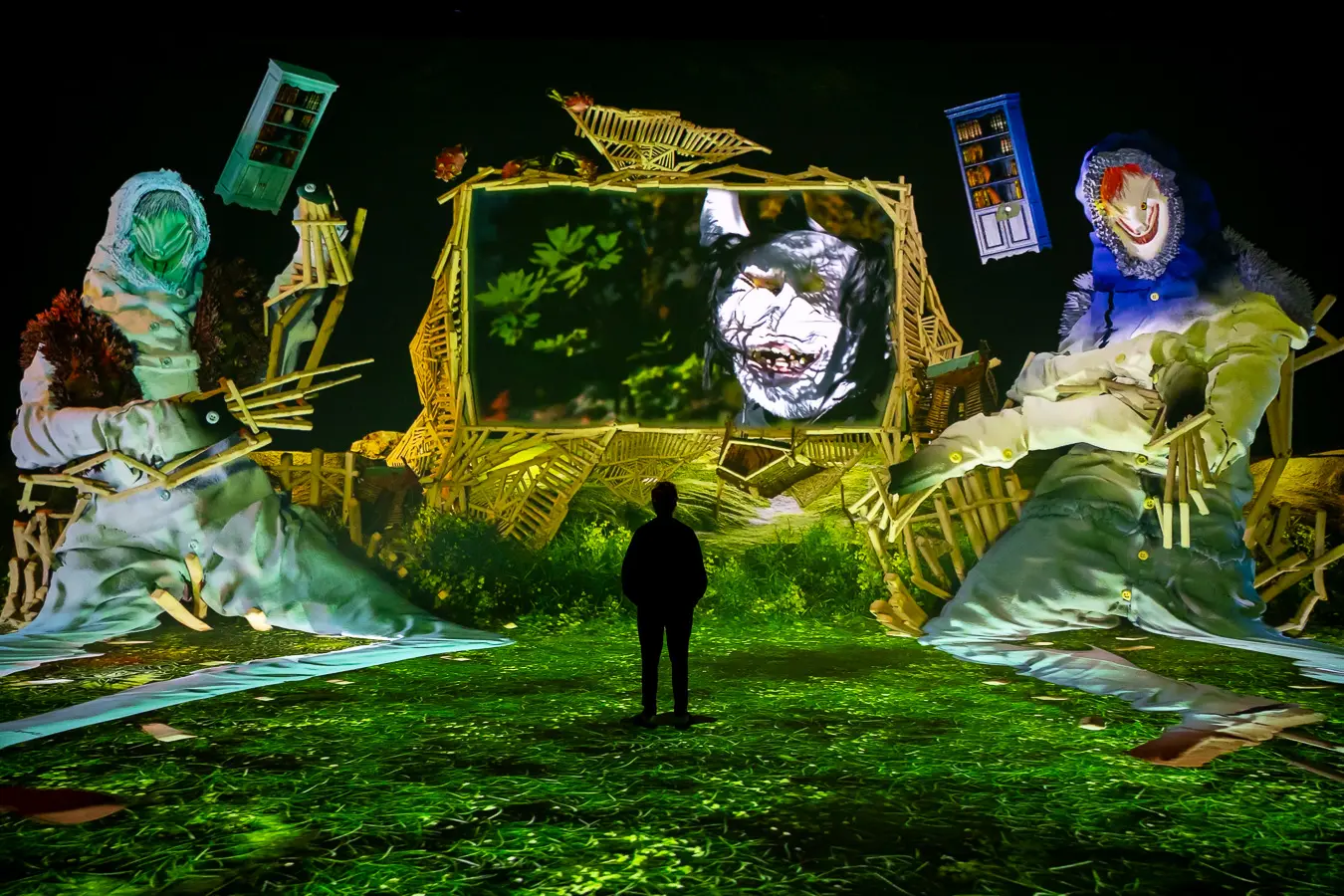
In literary contexts, The NEXT Museum and the Electronic Literature Lab, led by Dene Grigar, have rescued early interactive works built in environments like HyperCard and Flash. Their approach combines emulation with migration, ensuring that historically significant works such as Victory Garden remain accessible despite the obsolescence of their original platforms. These archives capture not only content but the mechanics that made it meaningful. By keeping both the content and its interaction logic alive, these archives preserve the work’s original intelligence.
Toward a Sustainable Future for Digital Ephemera
The projects above share a critical insight: preservation is not simply a technical problem. It is a design challenge, an ethical commitment, and a cultural negotiation. Capturing a digital work means considering its technological dependencies, but also its social and historical context. The goal is not just to save files, but to preserve experiences.
The emerging field of “deep digital materiality” research, as explored by Peter Fornaro at the University of Basel’s Digital Humanities Lab, pushes this even further. By developing high-resolution 3D imaging and modeling techniques, his team investigates how to preserve the texture and material feel of physical-digital hybrids, such as interactive installations or 3D-printed artifacts. Here, preservation extends into the sensory register, aiming to keep the work’s tactile and spatial presence intact.
Designing for Continuity
In practice, preservation decisions begin at the moment of creation. Planning for obsolescence—choosing open standards, documenting workflows, and structuring projects with modular components—can extend a work’s lifespan without freezing it in place.
The preservation of digital ephemera is not about resisting change. It’s about designing for continuity in a medium defined by flux. From artist-run archives to institutional programs, the work being done now will decide which pieces of today’s digital culture survive long enough to matter tomorrow.

